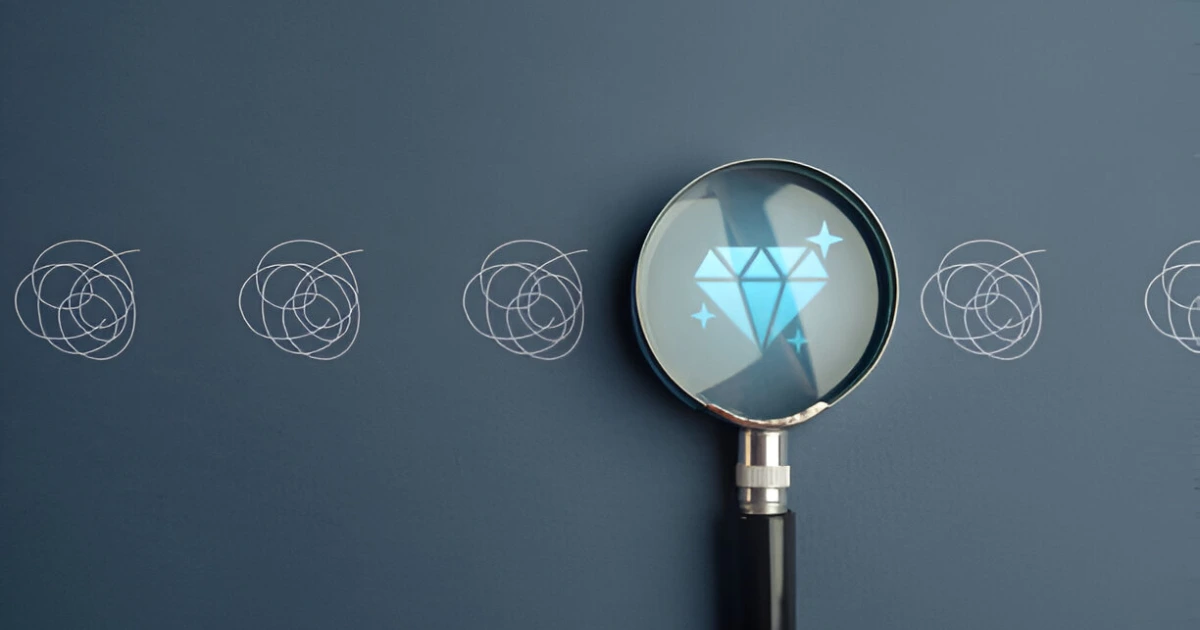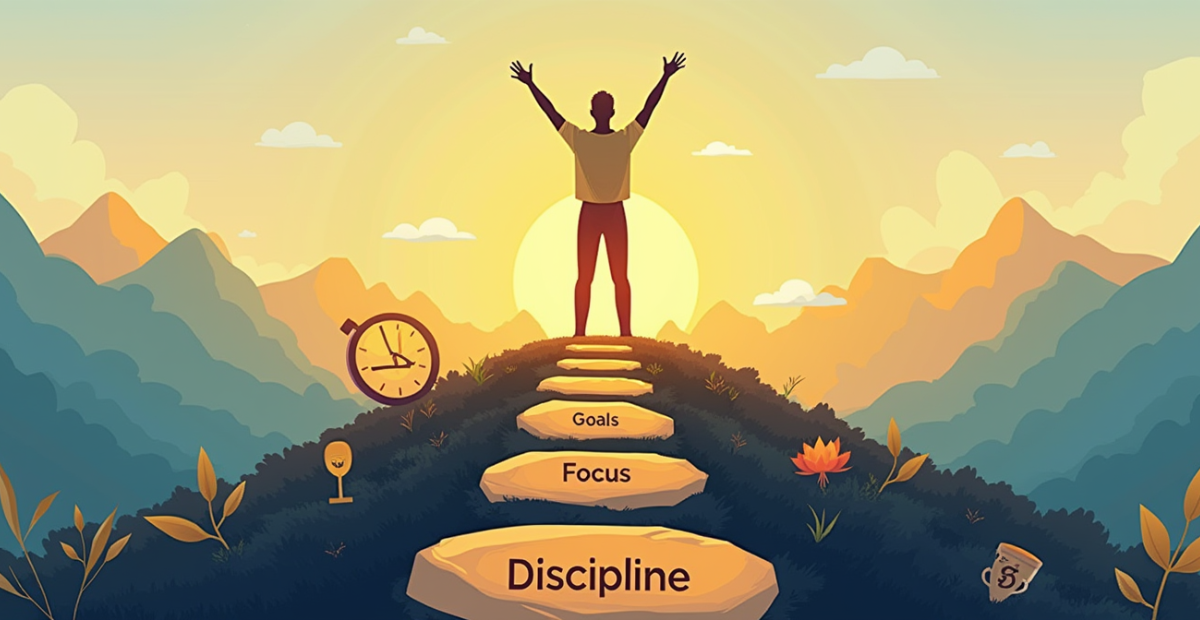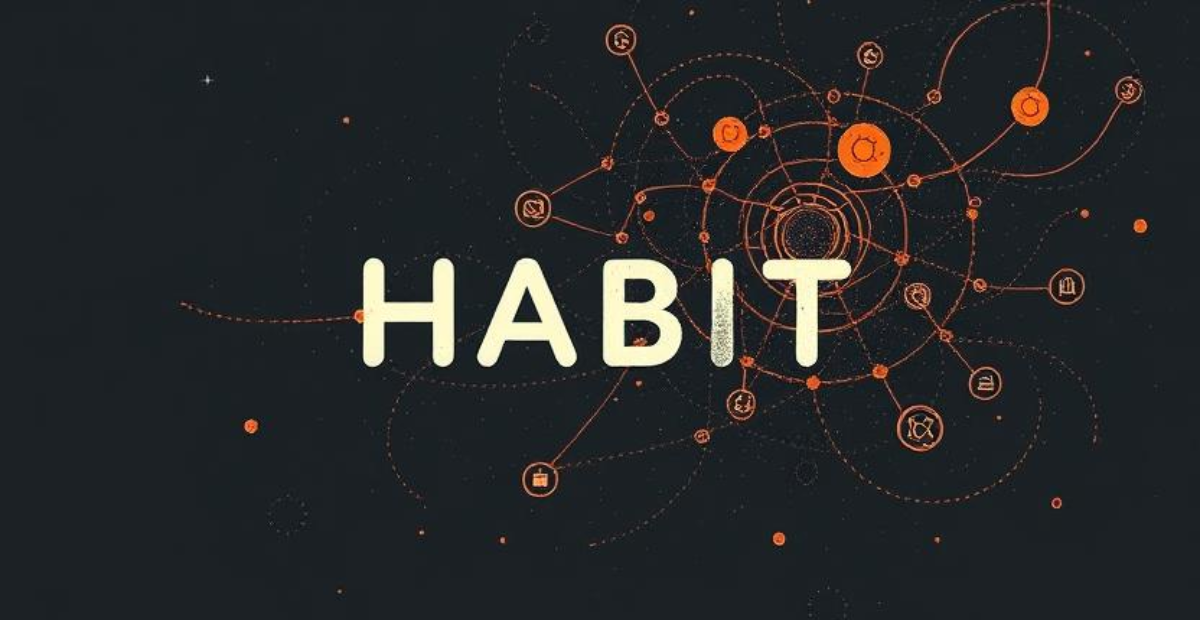10 Productivity Tips to Work Smarter & Get More Done
Have you ever had one of those days where time seems to slip through your fingers like sand? I certainly have. Last Tuesday, I sat down at my desk with grand plans to tackle my most important project, only to find myself, hours later, having accomplished nothing of real value. The day had vanished into a fog of notifications, minor tasks, and that peculiar type of busy-work that feels productive but moves us no closer to our true goals.
That evening, as I stared at my barely-touched to-do list, I made a promise to myself: no more days stolen by the illusion of productivity. This commitment led me down a path of deep research and personal experimentation with various productivity tips that actually work—not just in theory, but in the messy reality of our distraction-filled world.
Table of Contents
What I discovered transformed not just how I work, but how I live. These aren’t just techniques; they’re lifelines to a more intentional existence where your time and energy align with what truly matters to you.
Why Traditional Productivity Advice Often Fails Us
Before we dive into what works, let’s acknowledge something important: most productivity tips feel impossible to implement because they don’t account for our very human limitations.
I used to believe that maximizing productivity meant pushing harder, working longer hours, and somehow developing superhuman focus. This approach left me burnt out and, ironically, less productive than before.
The breakthrough came when I realized that true productivity isn’t about doing more—it’s about doing what matters with presence and purpose. It’s about creating systems that work with your brain’s natural tendencies rather than fighting against them.
With that perspective in mind, let’s explore ten productivity tips that acknowledge our humanity while helping us achieve more of what matters.
1. Embrace the Power of Deep Work Windows
The constant ping of notifications has transformed many of us into what productivity expert Cal Newport calls “reactive knowledge workers”—people who spend their days responding to messages rather than creating value through focused work.
When I implemented dedicated deep work windows in my schedule, the transformation was immediate. These are sacred blocks of time—I recommend 90 minutes—where you work on your most important task with zero distractions.
How to implement deep work windows:
- Schedule 90-minute blocks in your calendar for your most important work
- Turn off all notifications and place your phone in another room
- Use a simple timer to maintain focus for the full duration
- Take a genuine 15-minute break afterward before returning to regular work
Research from the University of California found that it takes an average of 23 minutes to fully refocus after an interruption. By eliminating these interruptions during deep work windows, you might accomplish in 90 minutes what would otherwise take an entire day.
I was skeptical at first, but after implementing this approach, I completed a major project in two weeks that I had been struggling with for months. The key was protecting these time blocks with the same commitment I would give to an important meeting.
2. Implement the Two-Minute Rule to Overcome Procrastination
One of the most practical time management tips I’ve discovered comes from productivity expert David Allen: if a task takes less than two minutes to complete, do it immediately rather than scheduling it for later.
This simple rule has eliminated my tendency to accumulate small tasks that create mental clutter and drain my energy. Whether it’s responding to a quick email, scheduling an appointment, or filing a document, handling these mini-tasks immediately prevents them from becoming psychological burdens.
What I love about this approach is how it transforms the feeling of overwhelm into a series of small victories throughout the day. Each two-minute task completed builds momentum that carries over into larger projects.
A study published in the Journal of Consumer Research confirms this psychological effect, finding that the completion of small tasks creates a “progress loop” that motivates us to tackle bigger challenges.
3. Design Your Environment for Success
We often underestimate how profoundly our physical environment shapes our productivity. After reading research from Princeton University showing that visual clutter competes for our attention and reduces performance on cognitive tasks, I completely redesigned my workspace.
The transformation wasn’t just aesthetic—it fundamentally changed how I work. By creating an environment that minimizes distractions and maximizes focus, I significantly increased my ability to enter and maintain flow states.
Environmental design strategies to increase efficiency at work:
- Create a dedicated workspace that your brain associates only with focused work
- Remove visual clutter from your field of vision during deep work sessions
- Position your desk to minimize distractions (facing away from high-traffic areas)
- Keep only the tools relevant to your current task visible and accessible
- Use noise-canceling headphones or background sound to mask disruptive noise
My personal game-changer was setting up different zones for different types of work: a primary desk for deep focus tasks, a comfortable chair for reading and ideation, and a standing area for quick administrative work. This physical separation helps my brain transition between different modes of thinking.
4. Master the Art of Strategic Task Batching
One of the most powerful work-life productivity strategies I’ve implemented is task batching—grouping similar activities together and completing them in dedicated blocks of time.
Task batching works because it minimizes the mental switching costs associated with jumping between different types of work. According to research from the University of Michigan, these context shifts can consume up to 40% of our productive time.
Here’s how I’ve implemented this in my own life:
- Communication batching: Checking and responding to emails and messages just three times daily
- Administrative batching: Handling paperwork, invoicing, and small tasks in one afternoon session
- Creative batching: Dedicating mornings to writing, design, and other creative pursuits
- Learning batching: Consolidating research and educational activities to specific days
After implementing task batching, I noticed my sense of accomplishment skyrocketed while my stress levels plummeted. Instead of feeling scattered across dozens of half-completed tasks, I began experiencing the deep satisfaction of fully completing entire categories of work.
5. Utilize the Power of Deliberate Rest
For years, I bought into the hustle culture myth that rest was a luxury I couldn’t afford. Then I read scientific research from Stanford University revealing that deliberate rest periods aren’t just beneficial for productivity—they’re essential.
The most counterintuitive productivity tip I’ve found is that strategic rest actually increases total output. When we work continuously without breaks, our performance steadily declines. By incorporating deliberate rest, we maintain higher levels of performance throughout the day.
How to incorporate deliberate rest:
- Take a genuine 5-minute break for every 25 minutes of focused work
- Include a 15-20 minute break after completing significant tasks
- Schedule lunch breaks away from your workspace
- Plan one “recovery day” per week with minimal cognitive demands
- Prioritize 7-8 hours of quality sleep as non-negotiable
The transformation in my own productivity was profound when I started treating rest as a strategic productivity tool rather than an indulgence. My creative insights increased, my decision-making improved, and I found myself accomplishing more despite technically “working” fewer hours.
6. Implement the Eisenhower Matrix for Decision-Making
When overwhelm strikes, the Eisenhower Matrix has been my go-to framework for cutting through the chaos and identifying what truly deserves my attention. Named after President Dwight D. Eisenhower, this approach categorizes tasks based on their urgency and importance.
The matrix divides tasks into four quadrants:
- Urgent and important: Do these tasks immediately
- Important but not urgent: Schedule these tasks
- Urgent but not important: Delegate these tasks when possible
- Neither urgent nor important: Eliminate these tasks
Before discovering this framework, I would often confuse urgency with importance, allowing the demanding but ultimately insignificant tasks to consume my day. By consciously separating these dimensions, I’ve reclaimed control over my schedule and attention.
This simple but powerful time management tip has helped me focus on high-leverage activities that drive meaningful results rather than just keeping busy with whatever demands attention in the moment.
7. Harness the Power of Morning Rituals
The transformation in my productivity began not at work but in the quiet moments before the world awakened. After reading research from neurologists showing that our prefrontal cortex (responsible for planning and decision-making) is most active shortly after waking, I redesigned my morning routine to capitalize on this natural advantage.
My personal morning ritual consists of:
- Ten minutes of meditation to clear mental noise
- Writing down three priorities for the day
- Thirty minutes of exercise to activate both body and mind
- One hour of deep work on my most important project before opening email
This simple sequence has become a sacred foundation that sets the tone for everything that follows. On days when I honor this ritual, I accomplish more meaningful work and experience less stress than on days when I dive straight into emails and reactivity.
While your specific morning activities might differ based on your needs and preferences, the principle remains: how you start your day largely determines how productive that day will become.
8. Adopt the “Touch It Once” Principle
Have you ever opened an email, read it, decided it required thought, closed it, only to repeat this process multiple times before finally responding? This pattern of partial attention creates what productivity experts call “attention residue”—where part of your mental bandwidth remains occupied with incomplete tasks.
The “touch it once” principle transformed how I handle incoming information and tasks. The rule is simple: when you encounter a new item (email, document, request), make an immediate decision about it. Either:
- Complete it immediately
- Delegate it with clear instructions
- Schedule a specific time to address it
- Delete/decline it
By eliminating the “I’ll deal with this later” limbo state, I’ve reduced the mental overhead that once drained my energy and focus. This productivity tip has been particularly transformative for managing email, reducing the time I spend on communication by nearly 40%.
9. Use Time Blocking Instead of To-Do Lists
For years, I relied on to-do lists to organize my work, only to end each day frustrated by how many items remained uncompleted. The breakthrough came when I switched from listing tasks to blocking time for them in my calendar.
Time blocking forces you to confront the reality that time is finite. By assigning specific blocks of time to particular activities, you make conscious decisions about what deserves your attention rather than maintaining an impossible list of aspirational tasks.
Here’s how I implement time blocking to boost work productivity:
- Start with your non-negotiable commitments (meetings, deadlines)
- Block 1-2 hours for your most important work during your peak energy time
- Schedule shorter blocks for administrative and routine tasks
- Include transition time between blocks (10-15 minutes)
- Build in buffer time for unexpected issues (about 20% of your day)
This approach has fundamentally changed my relationship with time. Instead of constantly feeling behind on an endless to-do list, I now experience the satisfaction of fully utilizing the hours available to me for what matters most.
10. Practice Regular Review and Reflection
The final productivity tip that transformed my work and life was implementing a consistent review practice. Without regular reflection, even the best productivity systems eventually break down or drift away from what truly matters.
My review process happens at three levels:
- Daily (5 minutes): At day’s end, I review what was accomplished and set priorities for tomorrow
- Weekly (30 minutes): Every Sunday, I review the previous week’s wins and challenges, then plan the coming week
- Monthly (1 hour): At month’s end, I evaluate progress on larger goals and adjust systems as needed
This practice prevents me from getting lost in the day-to-day and ensures my work-life productivity strategies remain aligned with my deeper values and objectives. It’s during these reflection periods that I often discover my most important insights about what’s working and what needs adjustment.
The Harvard Business School found that employees who reflected for just 15 minutes at the end of their workday performed 23% better than those who did not. This simple practice of intentional reflection may be the highest-leverage productivity activity available to us.
Frequently Asked Questions About Productivity Tips
How do I maintain productivity when I’m feeling unmotivated?
In my experience, motivation is unreliable and waiting for it often leads to procrastination. Instead, I’ve found that creating clear entry points to work makes starting possible even on low-energy days.
Try these approaches when motivation is lacking:
- Commit to just 5 minutes of work (often momentum builds once you start)
- Begin with the smallest possible subtask to create forward movement
- Change your environment to signal to your brain that it’s time to work
- Use body-based approaches like a short walk or stretching to shift your state
Remember that productivity isn’t about feeling a certain way—it’s about showing up consistently despite how you feel.
How can I balance productivity with well-being?
This question touches on what I believe is the great productivity paradox: pushing too hard ultimately reduces total output while creating space for renewal enhances it.
True productivity is sustainable. It’s not about maximizing every minute but optimizing your energy and attention over weeks, months, and years. The most productive people I know are religious about their sleep, exercise, relationships, and rejuvenation practices.
The key is to define productivity not by how busy you are but by whether you’re making meaningful progress on what matters most to you—both professionally and personally.
How do I handle constant interruptions from colleagues when trying to focus?
Creating boundaries around your attention is perhaps the most challenging aspect of implementing these productivity tips in a collaborative environment. Here’s what’s worked for me:
- Communicate your focus times to colleagues and explain why they benefit everyone
- Use visual signals (like headphones or a specific sign) to indicate deep work mode
- Batch your availability into specific “office hours” for questions and collaboration
- Suggest alternative communication channels for non-urgent matters
- Find alternative workspaces for your most focus-intensive tasks
Most importantly, remember that your availability is something you manage, not something others determine for you.
Conclusion: From Productivity Tips to a Productivity Lifestyle
The journey to true productivity isn’t about finding magical hacks or pushing yourself beyond human limits. It’s about creating intentional systems that honor how your brain actually works and aligning your time with what truly matters to you.
These ten productivity tips have transformed not just how much I accomplish but how I experience my days. The goal isn’t to pack more activities into each hour but to ensure that how you spend your hours reflects your deeper priorities and values.
I invite you to experiment with these approaches not as rigid rules but as thoughtful practices that you can adapt to your unique circumstances. Start with just one or two that resonate most strongly with you, implement them consistently for two weeks, and notice what shifts.
Remember that productivity isn’t about doing more things—it’s about doing the right things with presence and purpose.
Which of these productivity tips will you implement first? Share your experience in the comments below or check out our article on Building Sustainable Habits to learn how to make these practices stick.
The most productive day of your life isn’t the one where you checked off the most tasks—it’s the one where you moved forward what matters most to you with focus, intention, and joy.
[This article was last updated on March 18, 2025, with the latest research on productivity and time management.]
Any other feedback or suggestions?
There are no reviews yet. Be the first one to write one.







